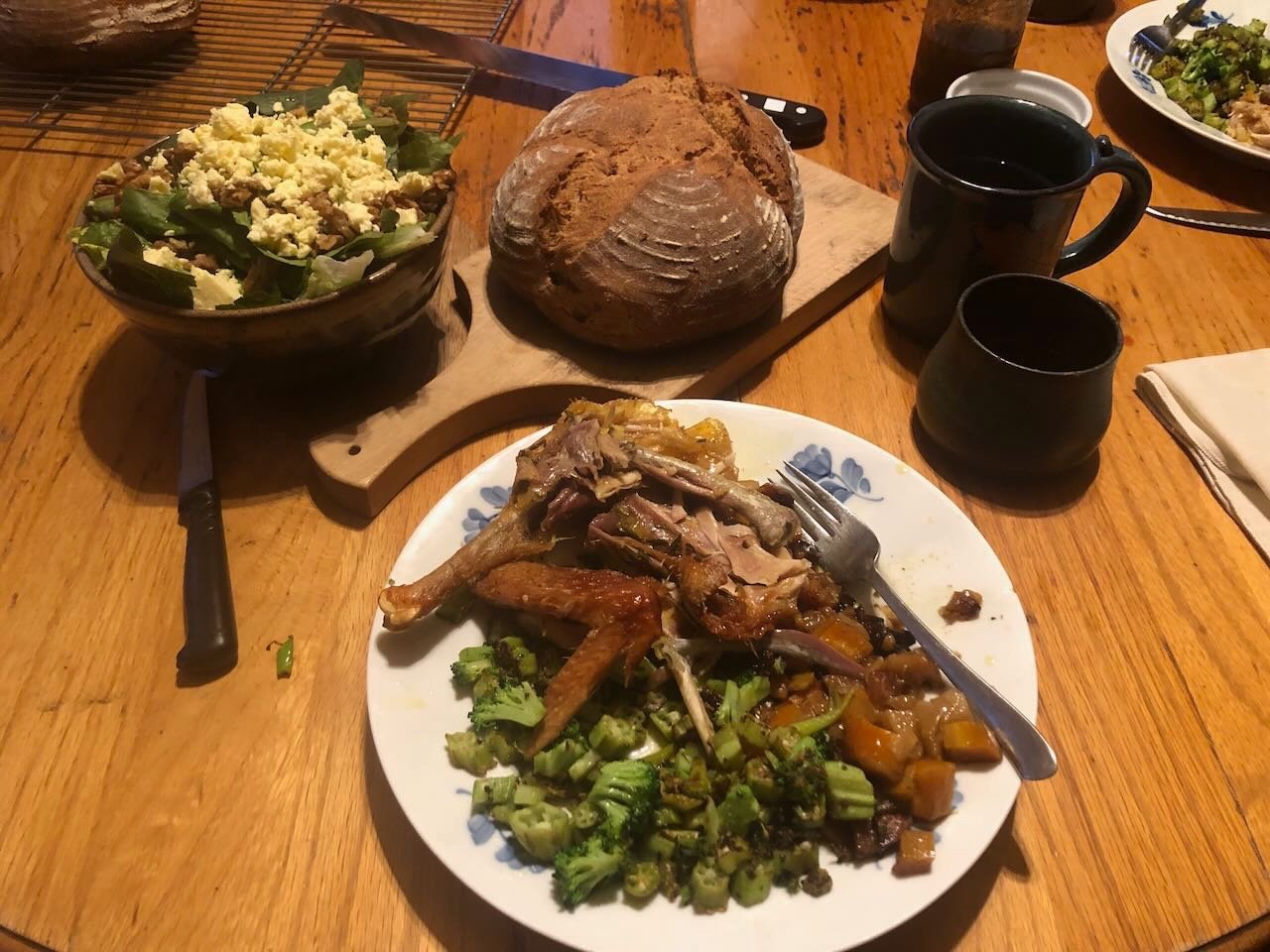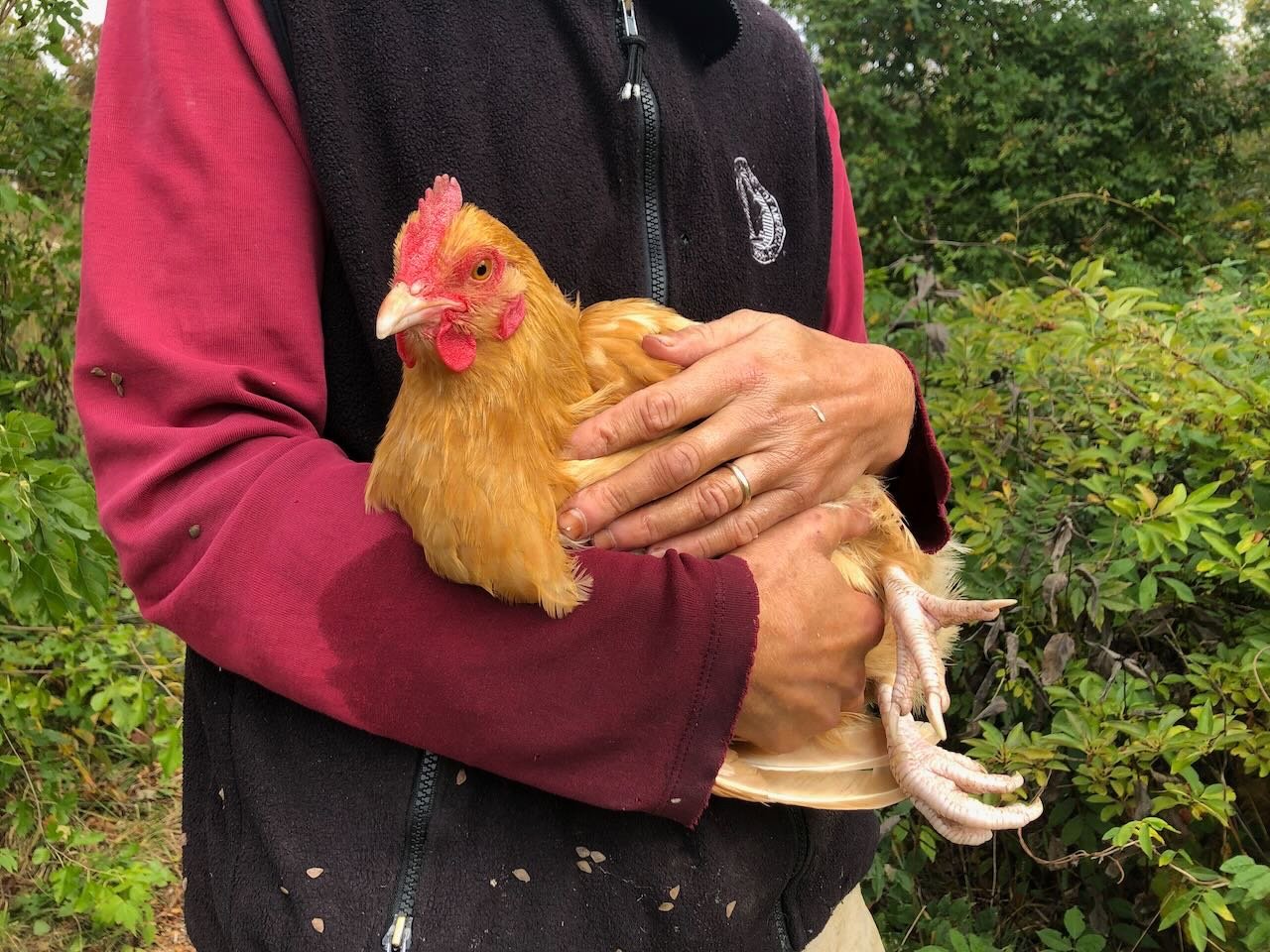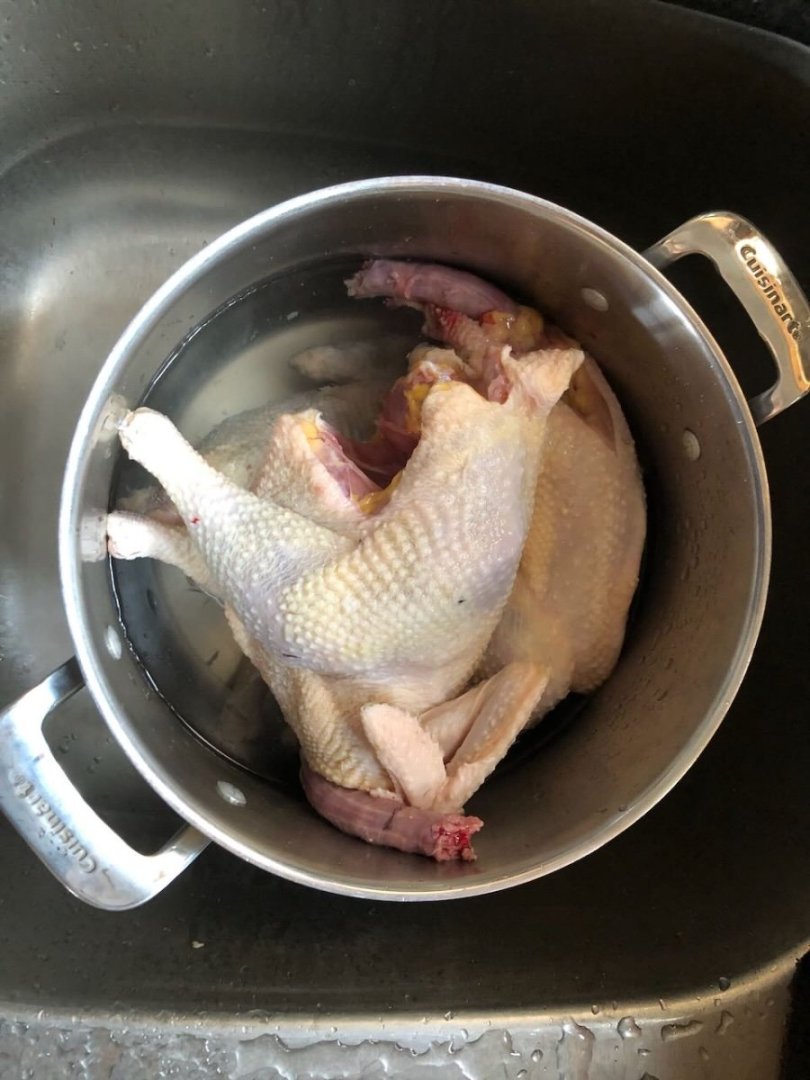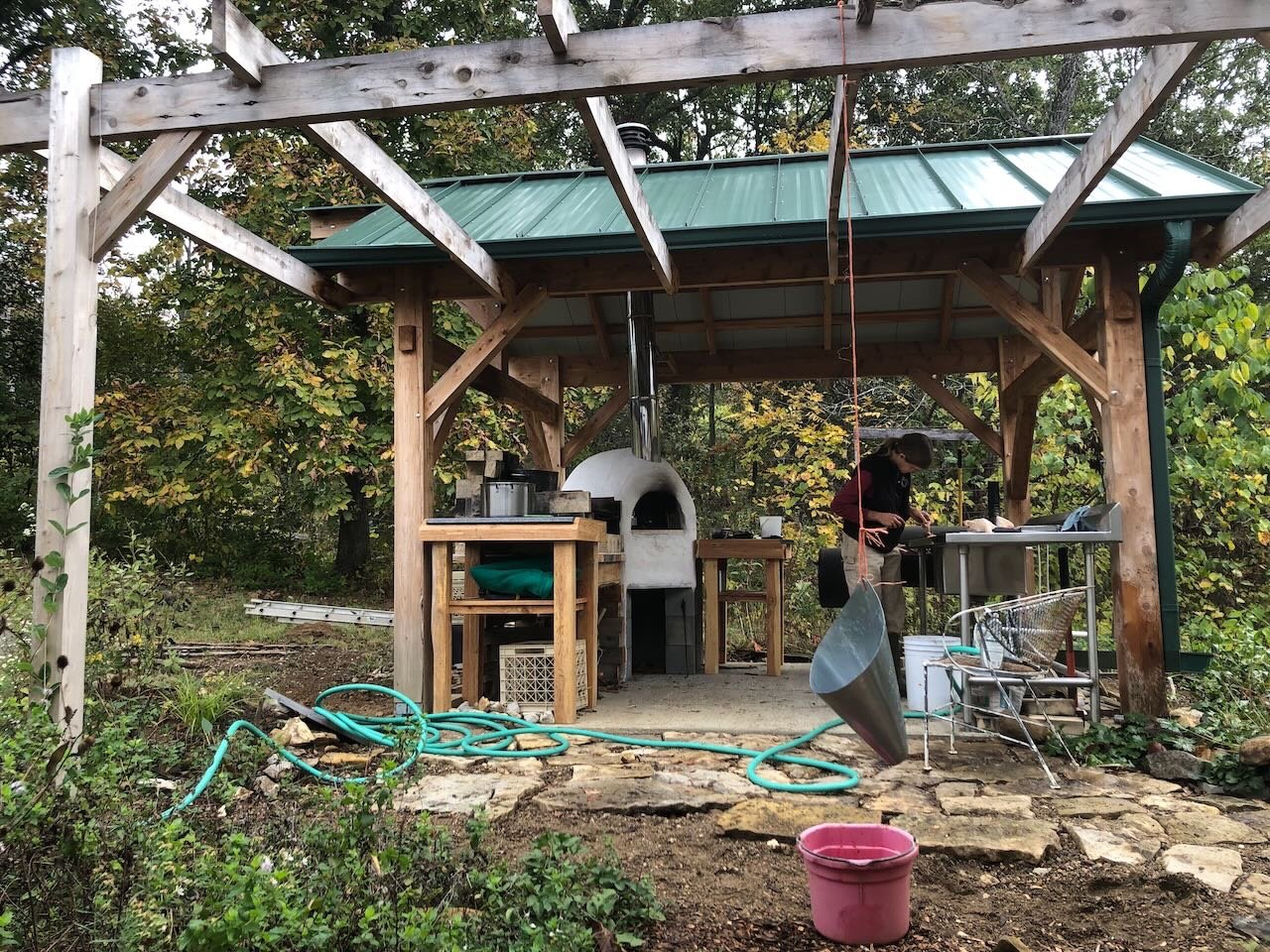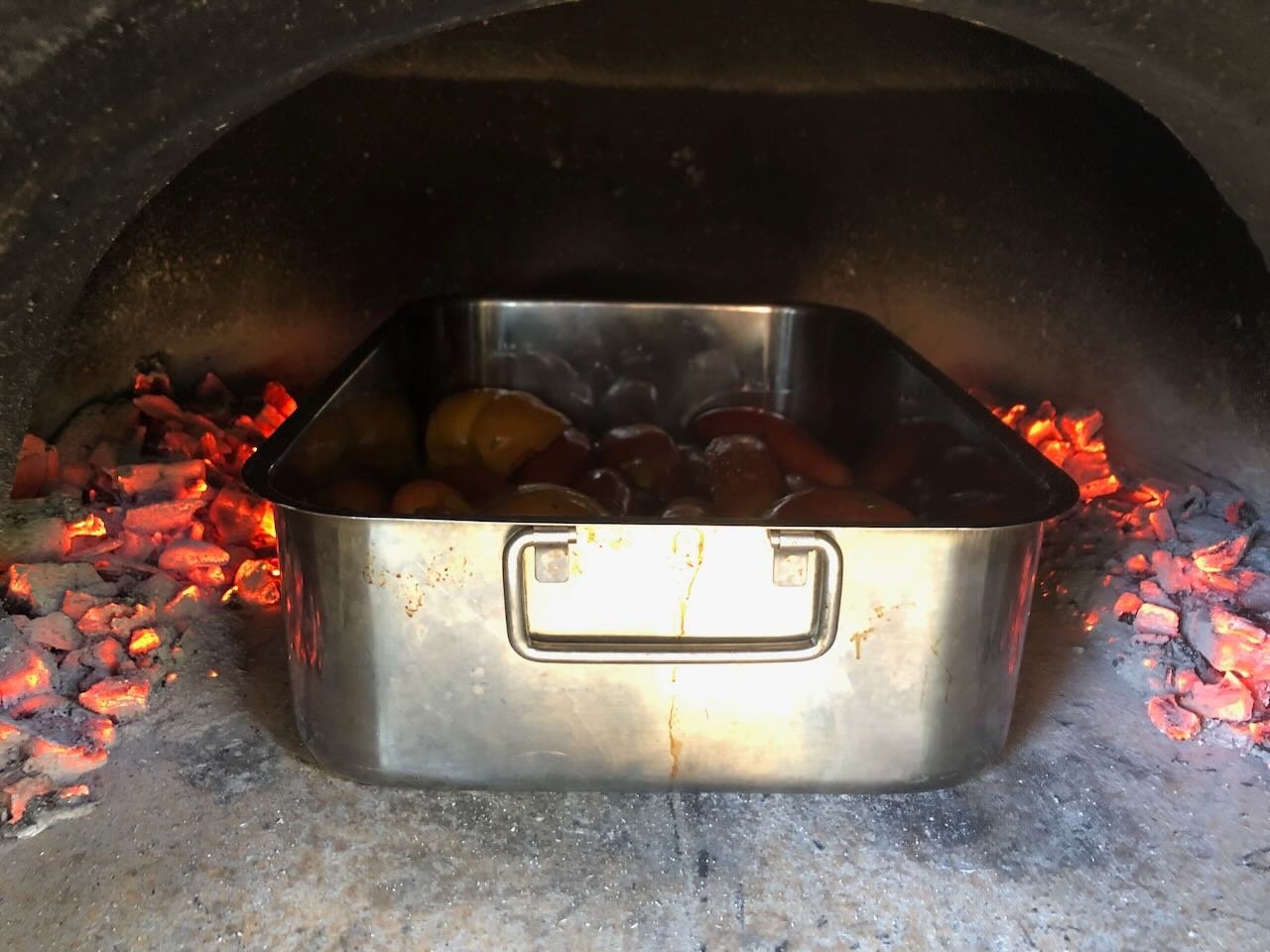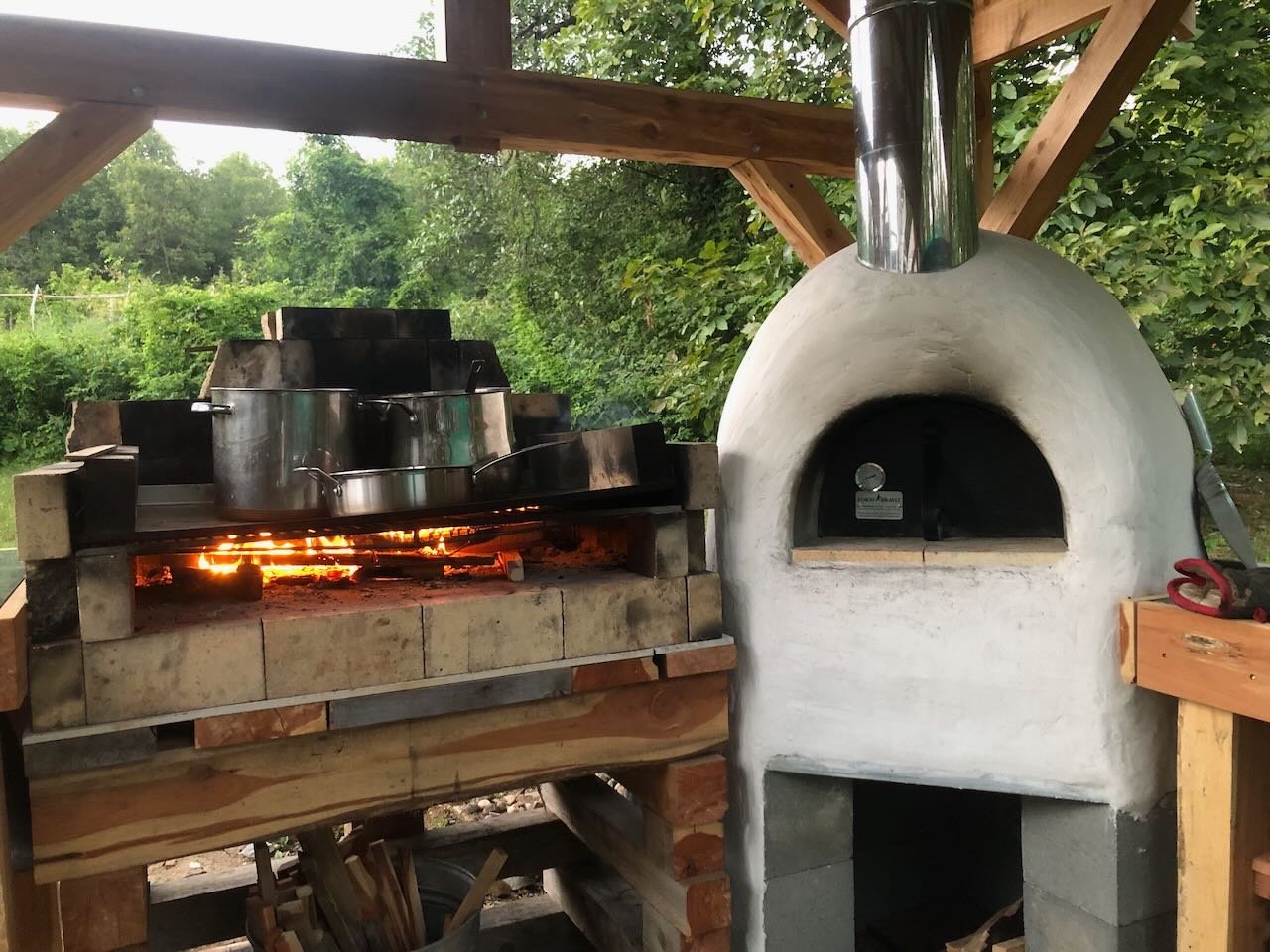-
Posts
3,377 -
Joined
-
Last visited
Content Type
Profiles
Forums
Gallery
Events
Everything posted by Cathead
-
Great, thoughtful review. So glad you decided to share the journey. Let folks know here when you start a new log for your next project.
-
Basically, these "hog chains" were iron rods anchored into the hull and superstructure that acted like the trusses on a bridge, holding the hull to a certain shape while still allowing some flexibility (much as a truss bridge can still flex or sway). They were tensioned or loosened using iron turnbuckles set partway down each length of rod. This kit is not, shall we say, lauded for its historical accuracy in any way; it's the steamboat equivalent of a Disney pirate ship ride. But it still makes an attractive model with a lot of options for modeler's license, so don't feel constrained by any of the above. Do what looks good and right to you! For example, the lashing in question was quite well done and would look nicely at home on many sailing ships, so be proud!
-
Congratulations on a wonderful model. I really enjoyed that time-lapse, what a neat way to summarize the work! I may steal that idea for a future build.
- 602 replies
-
- Flying Fish
- Model Shipways
-
(and 2 more)
Tagged with:
-
Lovely work, something you'll be proud to display and gaze upon. Thanks for sharing the journey.
-

Barncave Shipyard by mbp521 - Scale 1:1
Cathead replied to mbp521's topic in Non-ship/categorised builds
Looks wonderful! Gotta say I'm curious about some of the curios, like the baseballs (huge baseball fan and I have a few special ones of my own). I also dig the armadillo. Very much looking forward to the resumption of your towboat. My own project is on hold for probably a few more weeks at least and hopefully you can beat me to it. -
Very well done, that looks really slick! If you manage to swing an inside tour, please report back here, I (and I'm sure others) would love to hear about it.
- 46 replies
-
- Fast Response Cutter
- Dumas
-
(and 2 more)
Tagged with:
-

Timber-framed outdoor kitchen - Cathead - 1:1 scale
Cathead replied to Cathead's topic in Non-ship/categorised builds
Yep, we use pretty much everything. Feet make especially good broth. -

Timber-framed outdoor kitchen - Cathead - 1:1 scale
Cathead replied to Cathead's topic in Non-ship/categorised builds
Well, the outdoor kitchen has very much fulfilled its potential during the late summer to fall harvest & preservation season. We regularly used the big grill to process large batches of garden tomatoes for canning, keeping a lot of heat out of the house and using on-farm wood instead of off-farm electricity. We also roasted many trays of tomatoes in the wood-fired oven before canning or freezing them, adding extra flavor. We've continued to host various friends and family with excellent meals of pizza, venison roasts, breads, and lots more. Haven't been taking photos of these but we continue to find dishes that the even wood-fired heat improves. I said I wouldn't do too many food posts, but the following was particularly special. Today we hit an especially worthwhile milestone that yet again proved this project's worth to us: chicken processing. We've kept chickens for a very long time, peaking at a laying flock of about 50 back when we ran a full-time vegetable farm. But we had to get rid of the flock a few years ago for various reasons and have missed having them. So this spring we bought four laying hens from an organic farmer friend of ours and free-ranged them in our orchard for the summer, not only producing copious eggs but providing significant pest control. It's probably not a coincidence that our cherries and grapes did especially well this year. Anyway, the plan was always to process these layers for meat in the fall. When we had our larger flock, they were a long-term investment. We did our own breeding and brooding every year, and always laid in a supply of chicken from the unwanted young roosters and older hens that needed to be retired. But we didn't want or need to keep these four over the winter; we'll just get more next year if we want. So they needed to go under the knife, and we've always done all of our own meat processing (deer, goats, hogs, chickens, rabbits, etc.). Earlier in this thread I showed how this kitchen structure supports deer butchering; well, it was great for chicken processing as well. The grill kept hot water at just the right temperature for scalding (necessary for feather plucking) without having to run back to the house stove for hot water. The killing cone hung easily from the open trellis, and the rest of the work could happen on the stainless steel table. The roof was especially welcome as this was a cloudy, drizzly day that would have been cold working in the open. We processed all four in the morning, then fired up the wood oven. Three went into the freezer, and one went into the oven for a low, slow roast. Dinner was an extremely satisfying and extremely fresh roasted chicken (rubbed with garden herbs) roasted in a cast-iron Dutch oven with garden onions, carrots, and turnips; fresh sourdough bread (also from the oven); garden okra and broccoli sauteed in freshly rendered chicken fat; and a garden salad of greens and homemade feta cheese (and purchased walnuts, how very feeble). As with everything else, that oven elevates whatever you put into it. Crispy skin with fall-off-the-bone tender meat and a rich, slow-cooked flavor made this a special meal. And all with a handful of wood (and a fair amount of work). This kitchen project continues to be worth every minute we put into it. -
Using the masking tape method, I found that when I needed to insert something into a square hole that I'd drilled or cut out, that the extra little wings of tape at each corner actually helped hold the square stock in place when it was pushed down in; just a bit of extra friction fit. I think you're right that it won't be noticeable regardless.
- 157 replies
-
- chaperon
- Model Shipways
-
(and 1 more)
Tagged with:
-
Thanks, LJP! Sadly it'll probably be a while longer before I can report progress, but I'm looking forward to getting back to it.
- 392 replies
-

Barncave Shipyard by mbp521 - Scale 1:1
Cathead replied to mbp521's topic in Non-ship/categorised builds
Fantastic work. Well thought-out and executed. -
Wow, has it really been 8 years? Thanks for digging up and enjoying this old chestnut!
- 83 replies
-
- bounty launch
- model shipways
-
(and 1 more)
Tagged with:
-
Oh, they were certainly dangerous and deadly. There's a steamboat wreck every few miles along most of the lower Missouri River. One blew up near where I live, so badly that the boat's safe ended up in the hills on the other side of the riverfront town. That one orphaned a whole mess of Mormon immigrant children who were subsequently adopted into the small town's families. The point I was making above was that a full complement of lifeboats wouldn't have saved many victims of the deadly explosions and fires, and generally weren't necessary for the more benign incidents.
- 58 replies
-
- Robert E Lee
- Amati
-
(and 4 more)
Tagged with:
-
Great job, that's a really attractive model! . For what it's worth, steamboats of this era didn't carry "lifeboats" at all. The existing boats are for the general use of the crew; there was essentially no provision for evacuating the vessel in case of emergency. In part this was due to relaxed conventions of the era, but also the reality of river vs. ocean navigation. Although steamboats sank fairly frequently, it was a very different process than for an ocean-going vessel. Loosely speaking, steamboat sinkings tended be either mild enough that lifeboats were unnecessary, or violent enough that they were functionally irrelevant. If the hull was punctured by river debris (or an occasional collision), there was almost always time to navigate close enough to the riverbank that the vessel would just settle into the mud and people could be gotten off in a leisurely manner, at worst having fled to the upper decks (where most passengers tended to be anyway). It was rare to sink in a channel deep enough to swallow the whole vessel right away, and these vessels almost never overturned. The more disastrous events usually involved a boiler explosion, which tended to rip the superstructure apart and/or set it on fire (these boats quickly became infernos once set alight), and when this happened, there was little time or ability to competently launch lifeboats for hundreds of people even if they had existed. And even in these circumstances, an explosion or fire rarely compromised the hull, because all the machinery and most of the superstructure was above the water line, so anyone who wasn't killed, maimed, or burned faster than a lifeboat could be deployed was generally safe on the hull as it drifted to shore. Finally, most of the river corridors on the Mississippi, Ohio, and lower Missouri were fairly well settled and heavily traveled, so there were generally other folks around with boats who could respond quickly. Quite different from a disaster in the middle of the ocean or on some remote storm-wracked shore. This isn't to say that sufficient lifeboats wouldn't have been useful under certain circumstances, just that the context was very different for what would make them worth carrying and deploying. These vessels weren't designed in a way that carrying lots of boats on instant-deployment davits (e.g. Titanic) would have been very practical, and having piles of boats lashed down somewhere on deck (e.g. your average sailing vessel) would have been too slow to deploy in most steamboat emergencies in which they would have been useful. That's my perspective, anyway.
- 58 replies
-
- Robert E Lee
- Amati
-
(and 4 more)
Tagged with:
-
Nice job on the figurehead, I like the way that looks. Though I admit that when you said "like a real beagle" I honestly thought of Snoopy first and was momentarily confused by the brown!
About us
Modelshipworld - Advancing Ship Modeling through Research
SSL Secured
Your security is important for us so this Website is SSL-Secured
NRG Mailing Address
Nautical Research Guild
237 South Lincoln Street
Westmont IL, 60559-1917
Model Ship World ® and the MSW logo are Registered Trademarks, and belong to the Nautical Research Guild (United States Patent and Trademark Office: No. 6,929,264 & No. 6,929,274, registered Dec. 20, 2022)
Helpful Links
About the NRG
If you enjoy building ship models that are historically accurate as well as beautiful, then The Nautical Research Guild (NRG) is just right for you.
The Guild is a non-profit educational organization whose mission is to “Advance Ship Modeling Through Research”. We provide support to our members in their efforts to raise the quality of their model ships.
The Nautical Research Guild has published our world-renowned quarterly magazine, The Nautical Research Journal, since 1955. The pages of the Journal are full of articles by accomplished ship modelers who show you how they create those exquisite details on their models, and by maritime historians who show you the correct details to build. The Journal is available in both print and digital editions. Go to the NRG web site (www.thenrg.org) to download a complimentary digital copy of the Journal. The NRG also publishes plan sets, books and compilations of back issues of the Journal and the former Ships in Scale and Model Ship Builder magazines.





